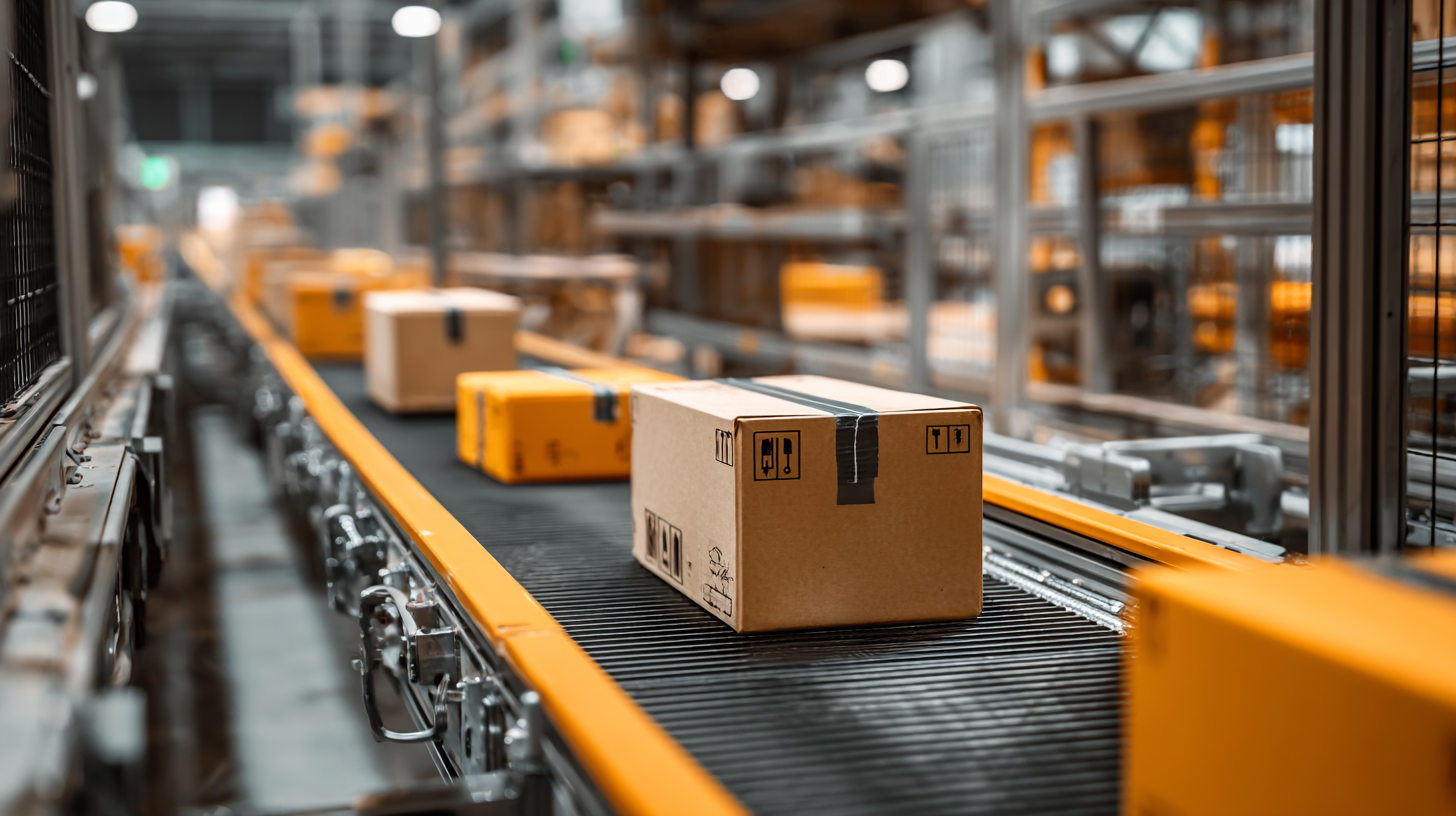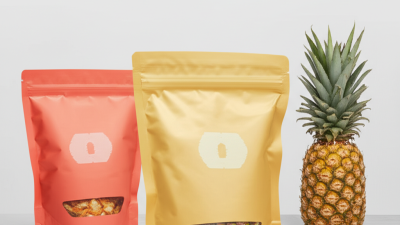- Phone:+86 15218629499
- Phone: +86 15766990063
- E-mail: Yzprinting01@163.com
In 2023, businesses across various industries are recognizing the critical role of Global Packing solutions in streamlining operations and significantly reducing costs. According to a recent report by the International Packaging Association, companies that adopt innovative packing strategies can achieve cost reductions of up to 30% while improving supply chain efficiency. This transformative approach not only minimizes waste but also enhances logistics effectiveness, ensuring timely delivery to customers. The global packing market is projected to reach USD 1 trillion by 2024, driven by an increasing demand for sustainable packaging and technological advancements. As a result, businesses must harness the potential of Global Packing solutions to remain competitive, optimize resource allocation, and ultimately boost their bottom line.

In 2023, businesses are increasingly recognizing the financial impact of global packing solutions on their operational efficiency. A recent report by the Packaging Association reveals that optimizing packaging logistics can reduce overall shipping costs by as much as 30%. This reduction not only enhances profitability but also boosts competitiveness in a crowded market. For companies looking to streamline their operations, investing in advanced packing solutions can yield significant savings, especially when integrated with supply chain practices.
Tips for businesses include reevaluating current packaging materials and methods, as a shift to more efficient designs can lead to less wasted space and reduced shipping expenses. Additionally, leveraging technology for real-time tracking can help businesses better manage inventory and reduce holding costs, ultimately improving cash flow. Implementing these strategies not only enhances business efficiency but also positions companies to adapt swiftly to market changes.
Moreover, the use of sustainable packing solutions is becoming critical, as 73% of consumers indicate that they would pay a premium for environmentally friendly packaging. By aligning packing strategies with eco-friendly materials, businesses can attract a growing base of environmentally conscious customers while also potentially lowering fulfillment costs through reduced weight and volume.
In 2023, companies are discovering that optimizing packing processes is essential for enhancing efficiency and reducing operational costs. According to a report by Smithers Pira, innovative packing solutions can lead to a cost reduction of up to 30%. This significant saving is achievable through various strategies, including the use of automated packing equipment and smart packaging technology, which streamline operations and minimize material waste.
Moreover, integrating predictive analytics into packing workflows enables businesses to better anticipate demand, thereby reducing overstock and associated costs. A study by the Packaging Association highlights that companies leveraging data analytics in their packing processes saw a 20% reduction in surplus inventory expenses. Such data-driven approaches allow organizations to respond swiftly to market changes, ultimately leading to a more sustainable packing operation. By adopting these key strategies, businesses can not only slash operating costs but also improve their bottom line amidst the growing competitive landscape of 2023.
In today's fast-paced global marketplace, innovative technologies are playing a pivotal role in transforming packing efficiency. Businesses are increasingly turning to automation and advanced software solutions to streamline their packing processes. Automated packing machines, for example, not only minimize manual labor but also enhance speed and accuracy, significantly reducing the chances of error. These technologies allow companies to optimize their supply chain, ensuring that products are packed in the most resource-efficient manner possible.
Tip: Evaluating your current packing process with a keen eye can reveal inefficiencies. Consider implementing a trial of automated solutions to assess the potential for increased speed and accuracy in your operations.
Moreover, data analytics is revolutionizing how businesses approach packing. By analyzing packing patterns and transportation methods, companies can make informed decisions that lead to significant cost reductions. Leveraging big data enables firms to predict demand more accurately, thus optimizing their packing sizes and reducing excess material usage. This not only cuts down on costs but also aligns with sustainable business practices.
Tip: Regularly review your packing data to identify trends and anomalies. This analysis will help you adjust your packing strategies tailored to demand fluctuations, ultimately leading to enhanced efficiency and reduced costs.

In today's competitive landscape, businesses are increasingly turning to global packing solutions to achieve substantial cost savings. Real-world case studies illustrate how companies across various industries have effectively leveraged these solutions to enhance operational efficiency. For instance, a leading electronics manufacturer successfully minimized packaging waste by 25% through the implementation of a standardized international packing protocol, resulting in significant reductions in shipping costs and overall operational expenditures.

Another notable example can be found in the food and beverage sector, where a multinational company adopted innovative, sustainable packaging techniques. This shift not only lowered their production costs by an impressive 30%, but also improved their supply chain logistics, ultimately leading to faster delivery times. Such success stories highlight the transformative impact of global packing solutions, showcasing how organizations can rethink their packaging strategies to drive cost savings while promoting environmental sustainability.
In 2023, businesses are increasingly recognizing the importance of cost-effective packing strategies to enhance their efficiency. A recent report by Smithers Pira highlights that optimizing packing can lead to cost reductions of up to 30%, primarily through reducing material waste and improving transportation efficiency. Companies that implement streamlined packing solutions can not only cut costs but also decrease their carbon footprint, aligning with the growing demand for sustainable business practices.
To implement an efficient packing strategy, organizations should focus on three key areas: material selection, process automation, and design optimization. By choosing lightweight and recyclable materials, businesses can significantly lower shipping costs. Additionally, automating the packing process can increase speed and accuracy, which has been shown to reduce labor costs by as much as 20% according to a study by the Packaging Machinery Manufacturers Institute (PMMI). Furthermore, investing in design improvements, such as using smaller, custom-sized boxes, can lead to better space utilization during transportation, ultimately saving money and resources.
| Packing Method | Cost Savings (%) | Time Efficiency (Hours Saved) | Sustainability Score (1-10) | Implementation Complexity (1-5) |
|---|---|---|---|---|
| Custom Packaging | 25% | 10 | 8 | 3 |
| Bulk Packaging | 30% | 15 | 7 | 2 |
| Eco-Friendly Materials | 20% | 12 | 9 | 4 |
| Automated Packing Solutions | 28% | 20 | 6 | 5 |






